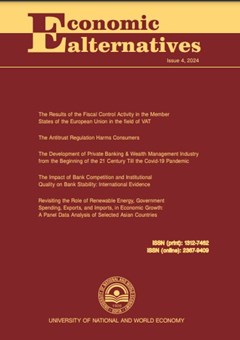An Innovative Approach for Vulnerability Assessment of a Nuclear Facility’s Physical Protection System
Author: Tsvetan Tsvetkov
Abstract
The main idea of the article is to propose a framework for assessing the vulnerability of a nuclear facility’s physical protection system (PPS) by applying an innovative approach using a simulation model. The proposed framework includes the following steps: a scenario tree development that reflects the possible situations of attempted theft / sabotage in a nuclear facility; development of a simulation model for the reaction time of reaction forces for each of the scenarios; development of a simulation model of the time it takes for intruders to achieve their goal according to each scenario by using the CPM / PERT network model; determination of a critical detection point; calculating the probability that the reaction time of reaction forces after critical detection point will be longer than the time required for intruders to achieve their goal, according to each scenario; defining a critical path; sensitivity assessment of the times according to the developed models in relation to their input indicators. The aim is to determine to which input indicators the reaction forces time and the intruders time are the most sensitive. Based on the simulations and analyses one can draw conclusions and recommendations for the practice.

